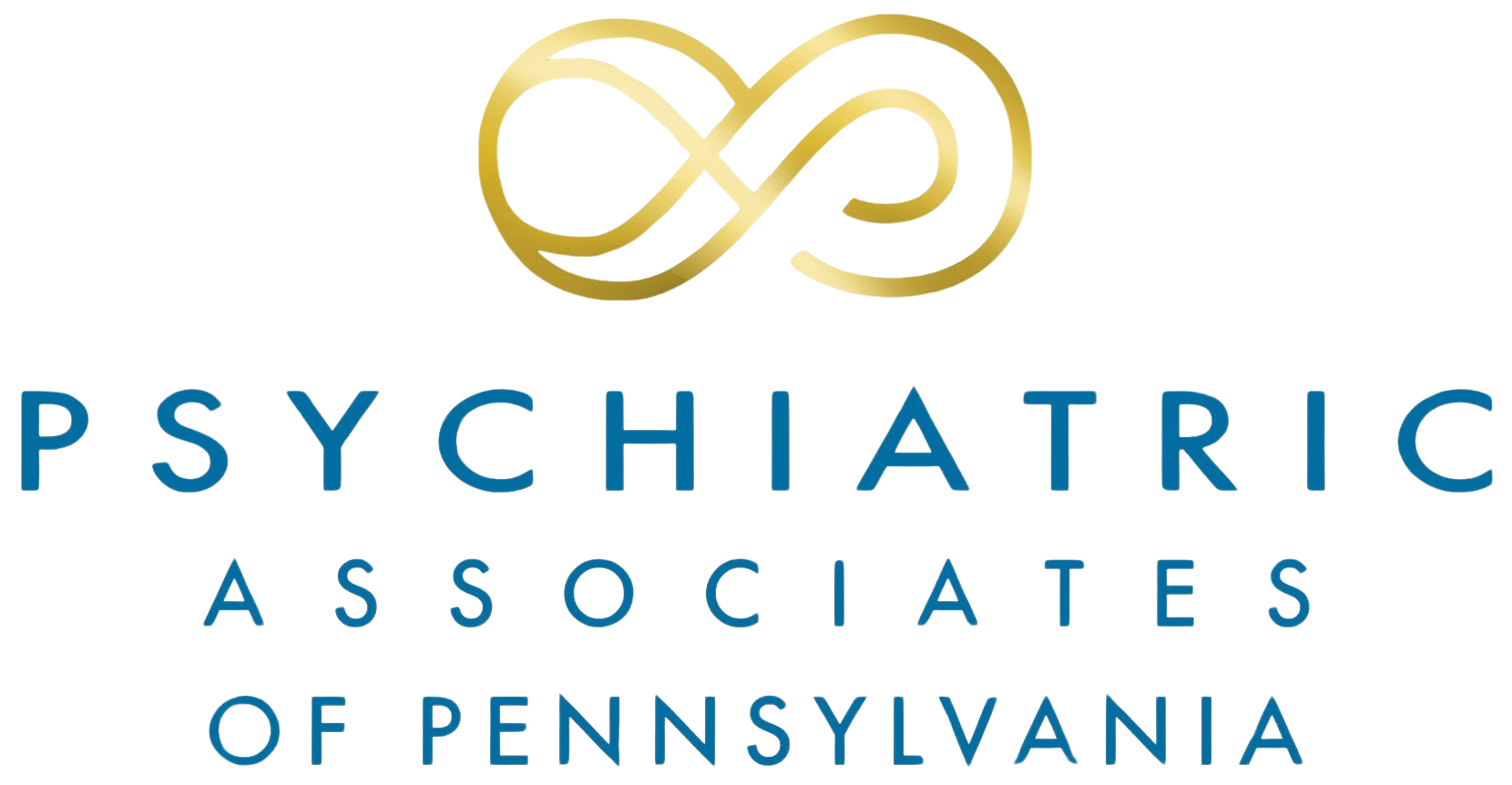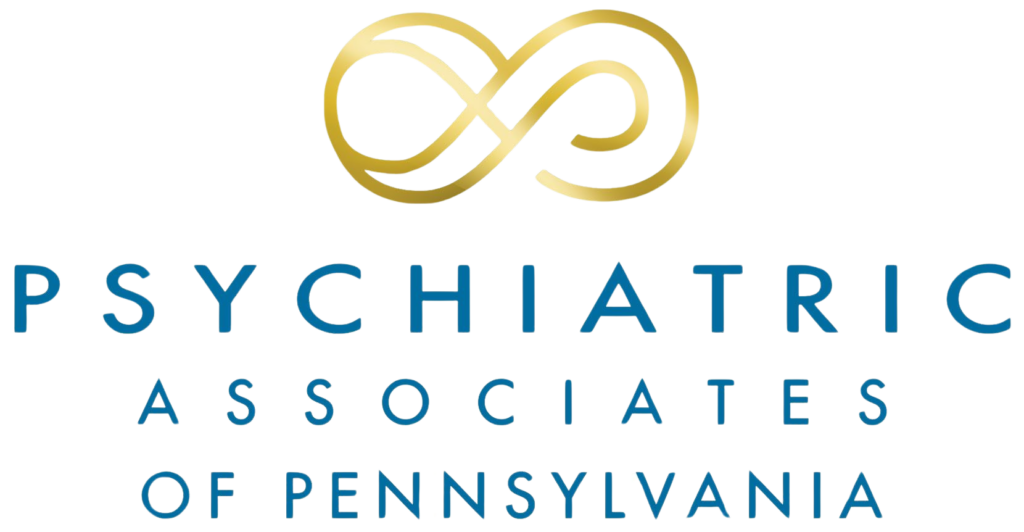Traditional psychiatric treatments—such as antidepressants and talk therapy—have been the mainstay of mental health care for decades. However, these methods don’t always work for everyone. For individuals with treatment-resistant depression, severe anxiety, PTSD, or chronic suicidality, the need for more effective and faster-acting options has never been more critical. At Psychiatric Associates of Pennsylvania in Narberth, PA, clinicians are embracing a new wave of innovative treatments that expand beyond the limits of conventional care. Among the most promising of these is ketamine therapy, a rapidly acting antidepressant that has gained traction in psychiatric communities across the globe.
Ketamine, once used solely as an anesthetic, has shown significant success in alleviating symptoms of depression and suicidal ideation in hours rather than weeks. This breakthrough has opened doors to a broader class of treatments aimed at restoring mental health through novel mechanisms. While ketamine is currently the most studied and widely available among these emerging options, other promising treatments—such as psychedelic-assisted therapy and neuromodulation—are also under exploration and offer hope for a more responsive and personalized mental health future.
How Ketamine Therapy Works
Ketamine works differently from traditional antidepressants. Rather than altering serotonin or norepinephrine levels, ketamine interacts with the brain’s glutamate system, specifically targeting the NMDA receptors. This interaction promotes synaptic growth and connectivity in regions of the brain affected by depression, such as the prefrontal cortex. The result is a rapid alleviation of mood symptoms that, for some, can occur within hours of treatment. This makes ketamine particularly valuable for patients in crisis or those who have experienced minimal relief from oral medications.
At Psychiatric Associates of Pennsylvania, ketamine is administered under controlled clinical supervision, often through intravenous (IV) infusion or intranasal forms like esketamine (Spravato), which has been FDA-approved for treatment-resistant depression. A full course of treatment typically involves a series of infusions over two to three weeks, followed by maintenance sessions as needed. Patients are carefully monitored before, during, and after treatment to ensure safety and efficacy. Most individuals tolerate ketamine well, with mild side effects such as dizziness, nausea, or dissociation that generally subside shortly after each session.
Who is a Candidate for Ketamine Therapy?
Not every patient is an ideal candidate for ketamine therapy, but for those experiencing treatment-resistant mood disorders, it can be a life-changing intervention. The clinicians at Psychiatric Associates of Pennsylvania conduct a comprehensive psychiatric evaluation to determine eligibility. Factors such as medical history, psychiatric diagnosis, and past treatment outcomes are all considered before proceeding with ketamine or related therapies.
Patients who may benefit from ketamine therapy often include those who:
- Have not responded to at least two conventional antidepressants
- Are dealing with chronic suicidal ideation
- Suffer from major depressive disorder or bipolar depression
- Experience symptoms of PTSD or anxiety that interfere with daily life
Each treatment plan is individualized, and clinicians work closely with patients to integrate ketamine therapy into a broader mental health strategy that may include psychotherapy, lifestyle interventions, or other advanced modalities.
Beyond Ketamine: The Rise of Emerging Treatments
While ketamine is currently leading the way, it is part of a larger movement toward innovative psychiatric care. Psychedelic-assisted therapy using substances like psilocybin and MDMA is being researched for conditions such as depression, PTSD, and substance use disorders. These treatments aim to enhance therapeutic breakthroughs by creating a temporary but profound shift in consciousness, often allowing patients to process trauma and mental blocks more effectively during guided therapy sessions.
Other emerging approaches include neuromodulation techniques such as transcranial direct current stimulation (tDCS) and vagus nerve stimulation (VNS). These methods involve altering brain activity through electrical or magnetic means, similar to transcranial magnetic stimulation (TMS), but with different mechanisms. Although still in various stages of clinical research and approval, these interventions are shaping a future where mental health care is not only more effective but also more personalized and holistic. At Psychiatric Associates of Pennsylvania, the clinicians stay informed of these advancements and incorporate new evidence-based treatments as they become available.
A Patient-Centered Approach in Narberth, PA
What sets the team at Psychiatric Associates of Pennsylvania apart is their commitment to thoughtful, personalized care. Introducing advanced treatments like ketamine is not a one-size-fits-all solution. Instead, these options are woven into a comprehensive, collaborative treatment plan based on each patient’s unique needs. Clinicians work together to monitor progress, adjust protocols, and provide supportive care throughout the treatment journey.
Patients receiving ketamine or considering emerging therapies are given time to ask questions, weigh options, and feel empowered in their decision-making. This level of support and transparency ensures a more positive treatment experience and better long-term outcomes. As these therapies evolve, the practice remains at the forefront—bringing innovative care to the Narberth community with compassion and expertise.
Resources
Zarate, C. A., Singh, J. B., Carlson, P. J., et al. (2006). A Randomized Trial of an N-methyl-D-aspartate Antagonist in Treatment-Resistant Major Depression. Archives of General Psychiatry.
Dore, J., Turnipseed, B., Dwyer, S., et al. (2019). Ketamine Assisted Psychotherapy (KAP): Patient Demographics, Clinical Data and Outcomes in Three Large Practices Administering Ketamine with Psychotherapy. Journal of Psychoactive Drugs.
Carhart-Harris, R. L., & Goodwin, G. M. (2017). The Therapeutic Potential of Psychedelic Drugs: Past, Present, and Future. Neuropsychopharmacology.



